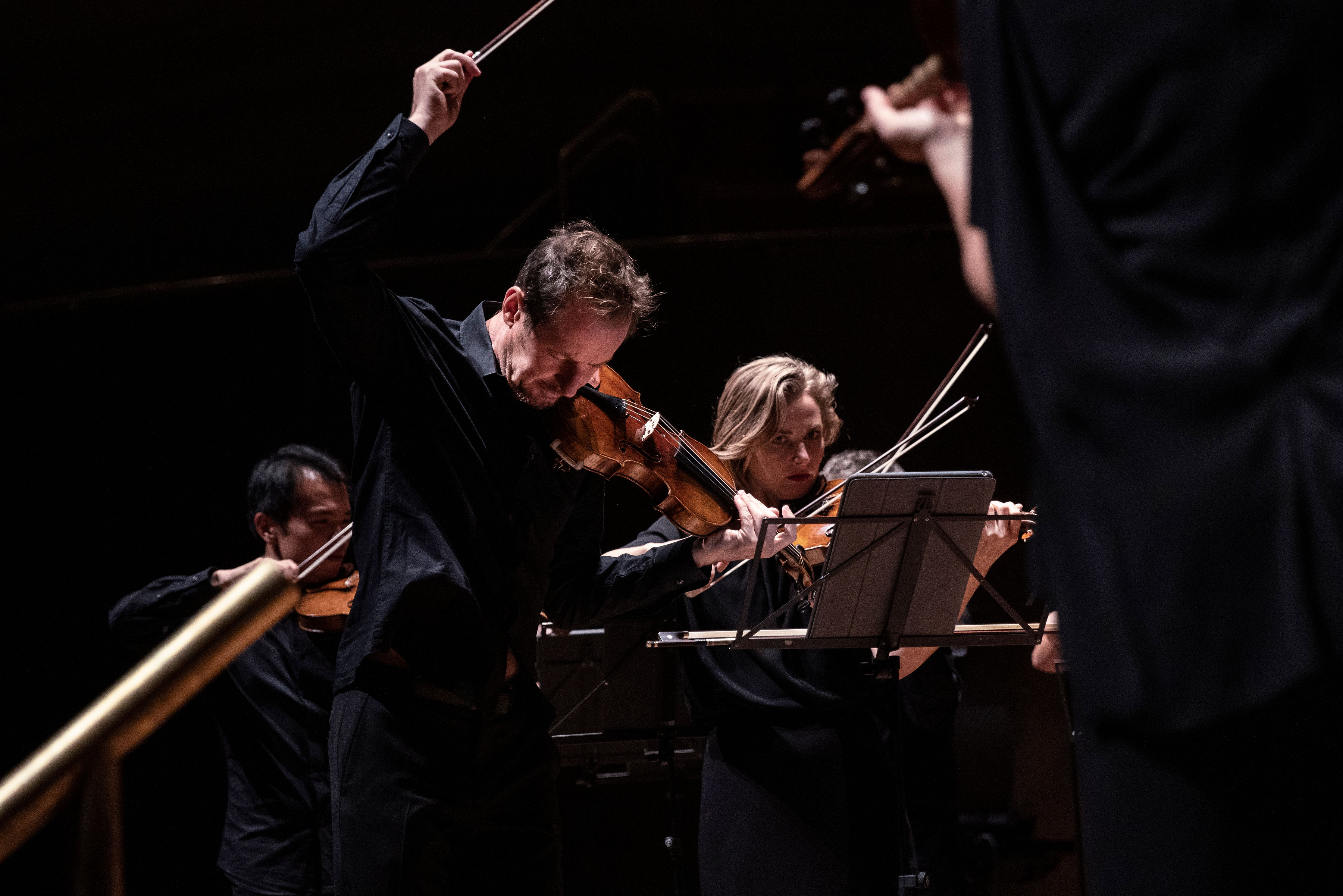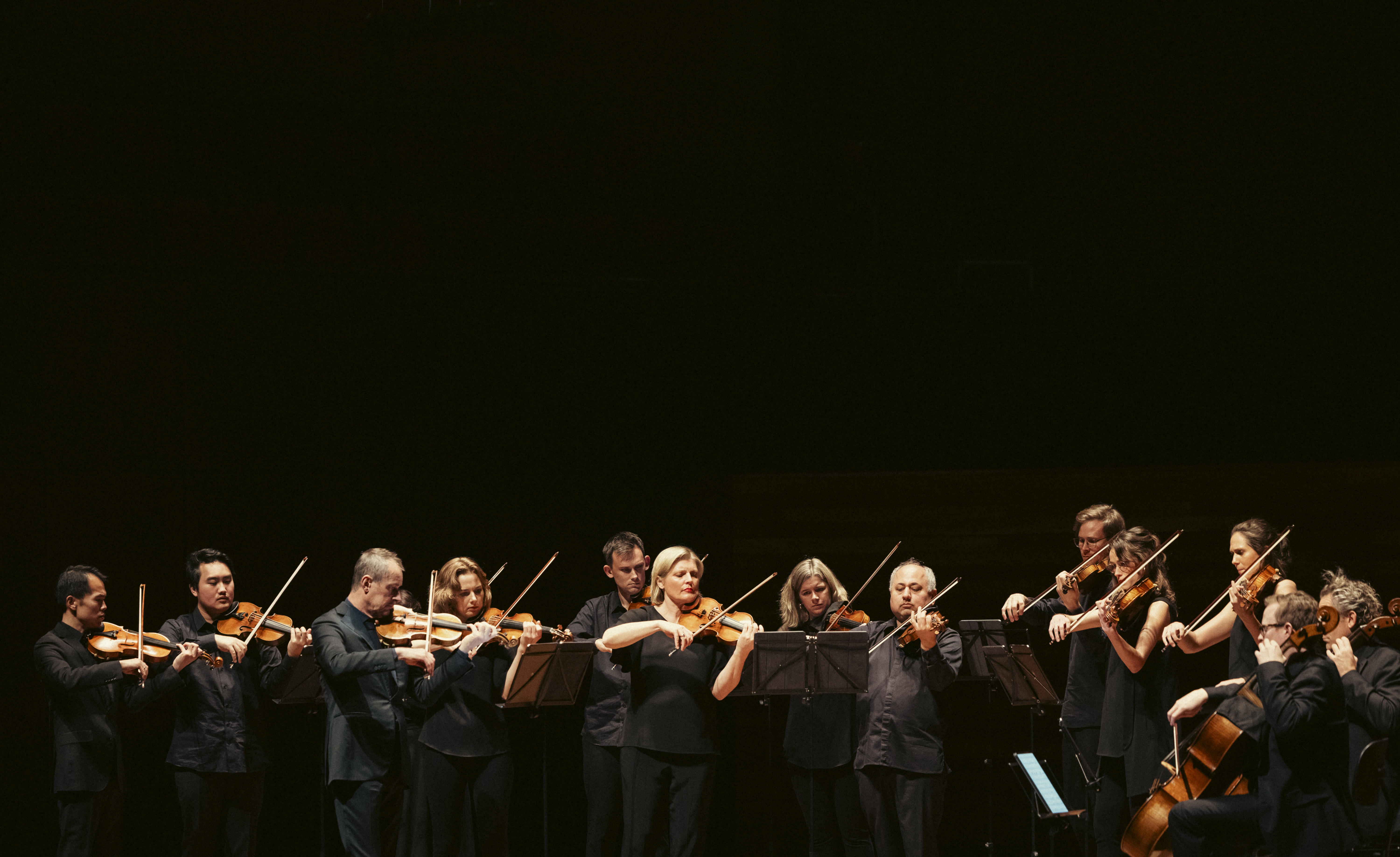
By Rosie Pentreath
Choose somebody at random and ask them to attempt to hum a famous piece of classical music, and they might well go “da, da, da, duuum… da, da, da, duuum…”
The opening of Beethoven's Symphony No.5.
That classical tune holds ‘household name’ status equivalence for many people, be they well versed in classical music or a more casual listener who knows it by osmosis. Those opening syncopated chords are iconic.
But how did the opening of Beethoven’s Fifth Symphony become one of the most famous moments in classical music? And how has the symphony remained so well known?
Why is Beethoven's Symphony No.5 so famous?
Beethoven Fifth symphony was destined for greatness. Not only was it one of the earliest symphonies to call for trombones in the brass section, and the first to re-introduce a theme from one movement to a later one, but it also heralded in a new depth of emotion and evocation of an awe-inspiring journey in modern symphonic writing.
The work premiered in Vienna on 22 December 1808, and it didn’t take long to catch on as a standard against which symphonies by other great composers were measured.
Written in C minor, the work jumps spontaneously from moments of darkness to those light, from its very opening, shocking and awing us all with its beauty and sheer scale.
“Many assert that every minor piece must end in the minor,” Beethoven wrote of his own symphony later on. “On the contrary, I find that … the major has a glorious effect. Joy follows sorrow, sunshine—rain.”
It was revolutionary.
Endorsed by ETA Hoffmann
As well as the quality and emotional resonance of the music, there’s another reason the symphony became so well-known. It comes down to the positive reception of the work around the time of its publication. History has recorded the premiere performance as going by with relatively little fanfare, especially when viewed in hindsight, but a writer would after a few months propel the revolutionary work back to the fronts of the minds of the establishment when they wrote in Allgemeine musikalische Zeitung:
“Glowing beams shoot through this realm’s deep night, and we become aware of immense shadows, which rise and fall, close in on us, and wipe us out but not the ache of unending longing, in which every pleasure that has surged in sounds of celebration sinks and goes under, and only in this ache—the love, hope, joy (self-consuming but not destroying) that wants to burst our breast with a full-voiced harmony of all passions—do we live on as delighted visionaries!”
The writer of this incredible visceral description was ETA Hoffmann, the visual artist – so apt to paint a beautiful image from this music – and he so well captured the existential experience of hearing the symphony.
It would be difficult to stay away after reading a review like that. Apparently so: legend of the work spread, and audiences continue to be thrilled by the journey the Fifth takes them on to this day.
Used in TV, film, advertising... and disco!
The symphony’s influence would spread far beyond the concert hall, and have a lifespan far longer than the last years of the 19th Century.
During the Second World War, the Allied powers of Britain, the US and Russia would use the symphony’s opening to signal a victory on their side during the war, the 'short, short, short, long' rhythm of the first four notes echoing the letter 'V' in Morse Code.
The symphony has also featured in different genres of music, including disco in the 1970s – on Walter Murphy’s A Fifth of Beethoven, which also made it onto the soundtrack for the film Saturday Night Fever, which spun off a bestselling record.
Beethoven’s Fifth has also featured in TV, film and on-screen commercials, including inspiring the hit children’s film Beethoven (and the seven films in the franchise that followed), which charts the adventures of a giant St Bernard dog who, clearly exhibiting excellent taste, barks along to Beethoven’s Fifth Symphony.
In 2013, Google borrowed a souped-up version of the symphony’s opening to advertise its internet browser, Google Chrome.
There are many more examples.
And there is a reason for all this exposure and inclusion in mainstream culture well beyond the 1808 Vienna premiere: the music itself, all stemming from that iconic four-note opening. Syncopated, catchy, impactful; it’s just so distinctive.
What is the most famous part of the Fifth Symphony?
The opening four notes of Beethoven’s Symphony No.5 are iconic, known by classical music devotee and casual listener alike. The ominous opening of the symphony is immediately “hummable”, on the tip of the tongue ready for demonstrating what ‘classical music’ is.
“Da, da, da duuum…”
After suspense and impact, the repetition and then development of this four-note motif hurls us into a wild ride between the edge of joy and the deepest despair as the symphony hurtles along.
Light, then heavy; at once dark, but then suddenly joyful – it’s a hugely emotional place to start, and from the very opening the symphony takes us on an indescribable ride through a listening experience that seems to question what the very essence of being human might mean.
Powerful stuff.
What is the meaning behind Beethoven’s Fifth Symphony?
Beethoven’s Fifth is often referred to as the “fate” symphony, named after the composer’s own description of the four opening notes as “fate knocking at the door.”
It’s an instantly evocative, deeply meaningful title that – capturable to just four words the way Beethoven’s symphony can be evoked just by its first four notes – succinctly describes what we’re about to be in for.
How Beethoven delivers.
Stream Richard Tognetti and the ACO’s performance of Beethoven’s Violin Concerto and Symphony No.5 on ACO On Demand, for free. Visit acoondemand.com.
